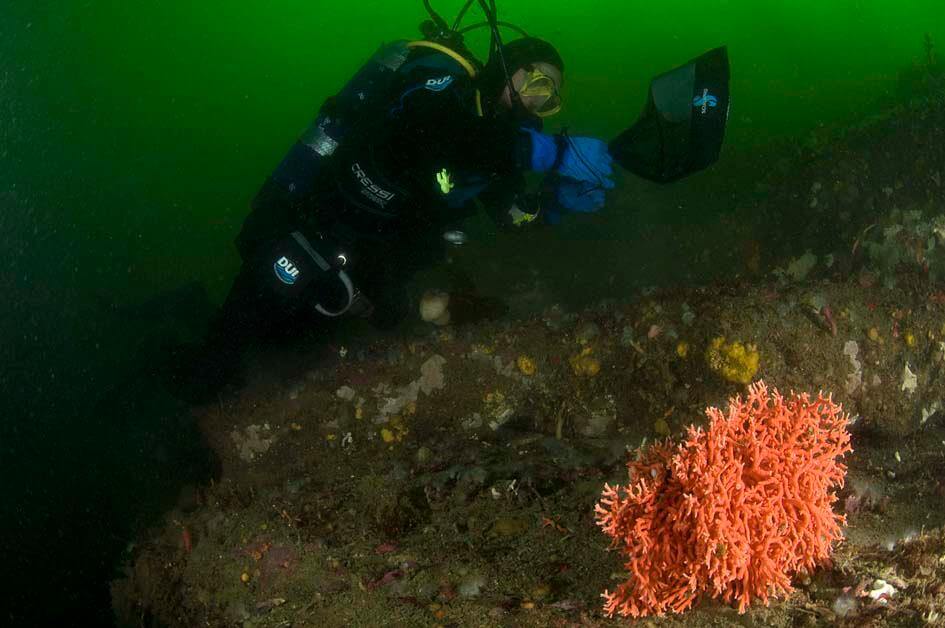
Dr Narissa Bax
Questions answered by this expert
Because glaciers hold large amounts of water in the form of ice the most immediate concern for island locations like Tassie is sea level rise. Rising sea levels could result in erosion, flooding, storm damage and the loss of beaches and infrastructure - impacting animal and human communities along Tassie’s coasts. This ice loss also impacts the climate because ice helps to cool the entire planet (including Tassie) by reflecting heat (known as the albedo effect) into the atmosphere. As glaciers melt the area that reflects heat is reduced, so there is more warming, which in turn leads to more melting and this melt water can also enter ocean currents around locations like Tassie with a cooling effect which slows warmer current systems. This cooling and slowing could impact the migration, feeding and spawning patterns of animals such as fish. Hopefully humans will curb their carbon emissions to protect island locations from the worst impacts of sea level rise, warming and changes in current patterns. There are things we can all do to help, like think carefully about how much energy we use and the carbon emissions we can reduce in our daily lives and engage with political leaders to do the right thing for the planet.











